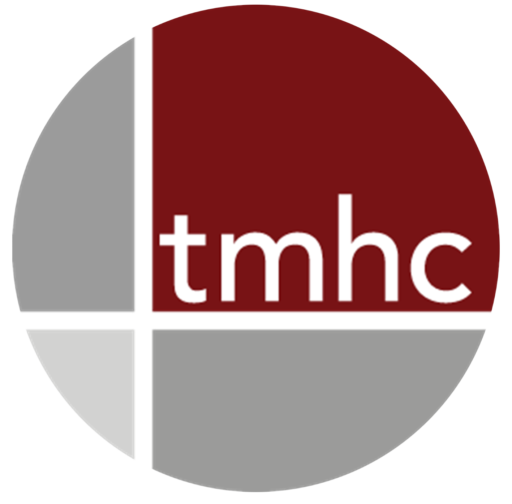Cutting-edge technologies
Remote sensing has become an important tool in reducing the amount of ground disturbance required in order to understand an archaeological site. Indigenous communities are increasingly looking to these less intrusive methods as a means of understanding the archaeological deposit while preserving it for future generations. TMHC has trained professionals available to meet your remote sensing needs.
The most common method is GPR or Ground Penetrating Radar.
Ground Penetrating Radar
Ground Penetrating Radar (GPR) is a remote sensing technique which employs radio waves to map natural and man-made structures or features buried in the ground. Radio waves are emitted into the ground and reflected when objects or different types and densities of materials are encountered within the soil. This data is saved on an onboard computer and can be used to derive the estimated depth, orientation, size and shape of buried material allowing us to create subsurface maps of the surveyed area using special purpose software.
GPR is non-invasive, non-destructive, relatively quick and efficient, and can be highly accurate if used in appropriate situations. This is why GPR is commonly used in cemeteries or potential cemetery settings where there is a need to identify unmarked grave shafts.
We also have access to:
Magnetometry, Resistivity and Magnetic Susceptibility
For more information on these services:
Check out our Brick Street Cemetery Exhibit
Contact info@tmhc.ca to request a quote
